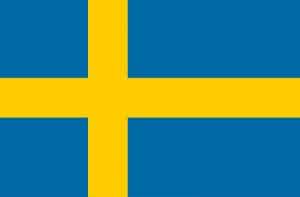Salmon Alliance
Salmon is the basis of marine, freshwater and terrestrial ecosystems and the driver of local economies in the Russian Far East. Salmon stocks can exist
CARP undertakes a variety of complimentary projects that contribute to the conservation of native fish populations and the restoration of fish habitat. These projects typically include some combination of research, monitoring, restoration, and local ecological knowledge.
Research
In order to make informed decisions we need information. In terms of fish and fish habitat conservation there is a wide variety of types of information that may be required, based on a project’s specific objectives. These types of information includes:
• Water quality: the chemical, physical and biological properties of water
• Fish community structure: what species of fish are found in a given area
• Barriers to fish migration (e.g. culverts)
• Habitat suitability: how well can a given area support a species vital life life functions
• Fish age & growth: this can be determined by examining scale samples
Monitoring
Monitoring is a critical component in long term projects because it allows us to identify changes over time. Without monitoring we would not be able to tell, with any certainty, whether our actions are having the desired effects. By evaluating the data obtained through monitoring programs we can also identify areas for improvement or other issues that need to be addressed.
Restoration
Restoration work involves making physical changes to the landscape, in order to return it to a more natural state, or to bring back natural functions that have been altered by human activities. The installation of culverts or dams is a common action that leads to the alteration of fish habitat. Improper installation can cause a barrier to fish migration, cutting them off from upstream habitat. Clearing blocked culverts and installing fishways are two types of restoration work used to address this issue. De-vegetation of streamside habitat is another common issue on the Annapolis River. Trees and shrubs provide shade, which helps regulate water temperature, which fish such as brook trout are very sensitive to. By re-vegetating rivers and streams we can create suitable fish habitat. Plants will also help in preventing soil erosion, and aid in filtering water.
Local Ecological Knowledge
Local anglers and other recreational users hold a wealth of knowledge about the rivers and species they fish. Anglers are often the people who interact most with fish and the habitats that support them. We are currently seeking anglers who are interested in sharing their knowledge with us. This knowledge might include where species were caught in the past and at present, where certain species are no longer found, and how river conditions have changed over time.
Community members also have many great ideas about how to approach projects and the areas where work is needed is most. We want to establish a dialogue with community members so that we can exchange information, and work cooperatively to accomplish projects that are of mutual benefit.
Details
Human dimension
Organization
Resources
Collaborating Organizations
Salmon is the basis of marine, freshwater and terrestrial ecosystems and the driver of local economies in the Russian Far East. Salmon stocks can exist
In this International Year of the Salmon I wanted to set up a project that would appeal to Anglers and Non Anglers alike.
The Atlantic
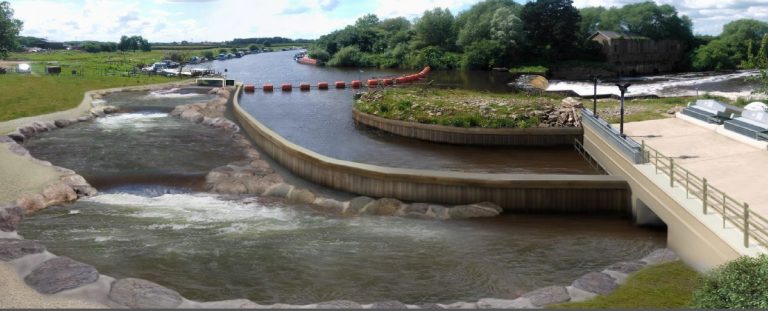
A project that will continue to aid the revival of salmon migrating up the River Ouse to spawn has been officially opened today, Thursday 7

Over the years, the presentation “The return of the salmon” has already been distributed to more than 10.000 schools in the northern part of Germany.
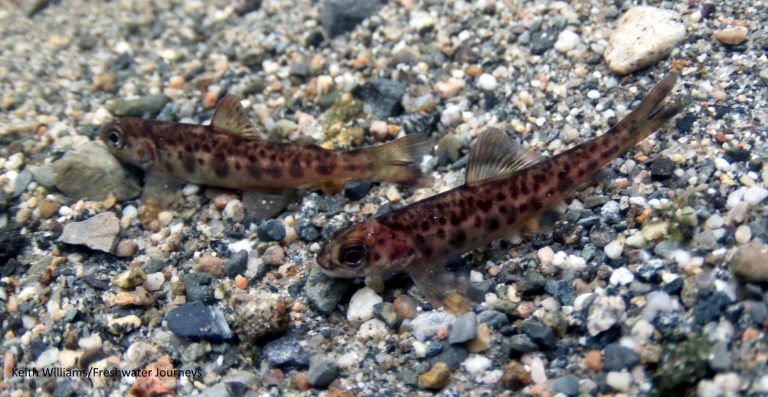
Little Athletes and the Peter Gray Parr Project: Assessing the Effectiveness of On-River Hatchery-Reared 0+ Fall Parr in the East Machias River, Maine
In recent

Follow along and learn more on our website!
The major objectives of the Gulf of Alaska Expedition are to use DNA to identify the
This is your chance to join like-minded people across the Northern Hemisphere to make a difference.
Register your salmon events or projects with us.

Cliquez ICI pour plus d’informations sur l’IYS en France
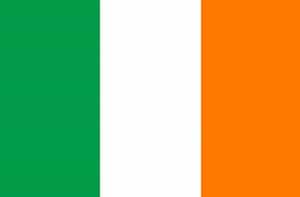

Click HERE to visit Northern Ireland’s page on the IYS.
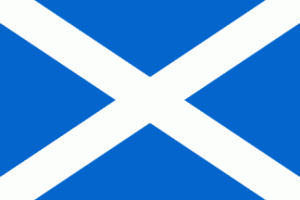

国際サーモン年に関するFRA日本語ホームページはこちらをクリックしてください
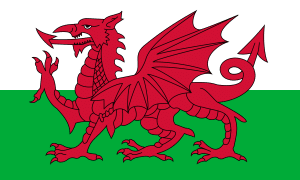

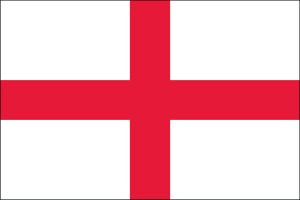
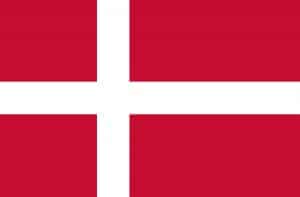
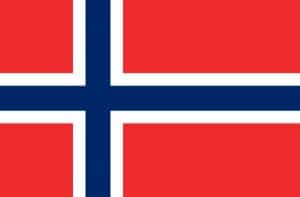
Trykk HER for informasjon om IYS i Norge
